Standby was an already existing trigger that debuted with the release of the first set of Bang Dream! However, contrary to its popularity as of this writing, standby found little success and usage amongst folks when it came out. The reason for this was a number of different ideas on how the trigger would be valued within the sets that had access to it. Furthermore, in its first release, there was only a single standby trigger within the sets that had access to it, making it relatively unreliable as a trigger and potentially weak due to its lack of addition of soul on play.
Emerging by the end of 2017, BanG Dream! was the first set in Weiss Schwarz to feature this new trigger. People were rather perplexed, wondering what exactly to do with the trigger. But all that changed from the moment that sets began to carry their second standby trigger.
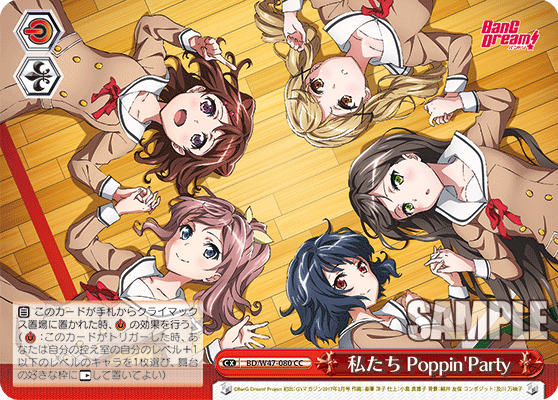
Rather than converse about each individual standby deck, since most of them share the same general structure, I think it’s best to kind of breakdown and explain how they function and why they’ve become so strong and present in the game.
The original standby decks, as mentioned before, were generally considered weak due to their inconsistency and lack of powerful standby targets. However, as time passed, newer sets were released and sets found new ways to use the trigger, pulling out cards that would normally never see play in the metagame.



BD/W54-T37TD “本当の私を伝えられたら”白鷺千聖 (center)
BD/W54-057R “1日だけの新婦”山吹沙綾 (right)
Standby decks originally focused primarily on ways to maintain field advantage. Cards like the above which either acted as strong recursive beaters on stage or powered the field were primary targets of selection. Normally never once considered for play due to high stock costs, 2/2 beaters were now highly sought after targets for standby. To put it simply, the decks were focused primarily to melt away the opponent’s field and hand advantage. Many of these decks could also run empty standby climaxes without combos, solely played for the triggers. Standby was the final straw that truly shut down the already declining reverse combos.
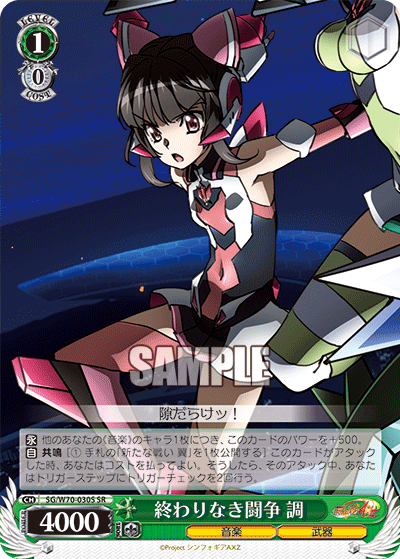
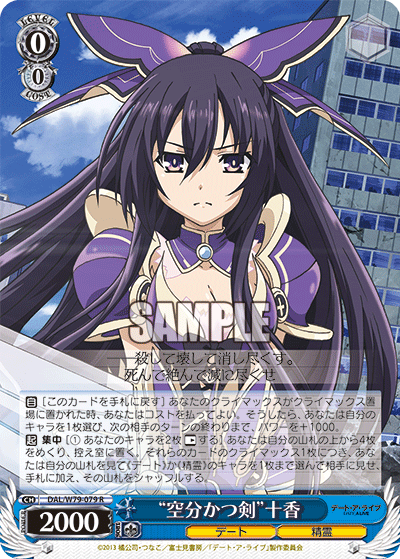
Support for standby came along as well as the game continued to grow. Cards such as the double trigger profile allowed the decks to potentially hit the standby trigger on swing more easily while paying out dirty stock. Return to hand cards such as the Touka on the right maintained advantage for the decks while opening a slot for the standby targets.
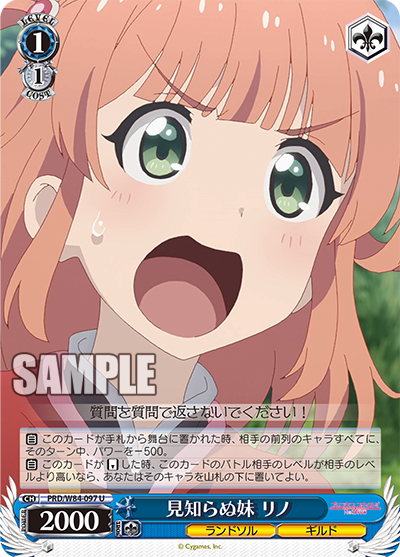
Adachi profiles were also becoming more of a played profile to try and counter the onslaught of standby profiles whom were seemingly unstoppable field-wise, particularly Adachi(s) that could send the opposing cards to zones other than the waiting room since many standby targets had build in encore. With many of these decks managing to attain a powerful field early, decks had to adapt to deal with these threats or face the onslaught of large soul damage on the returning swing.
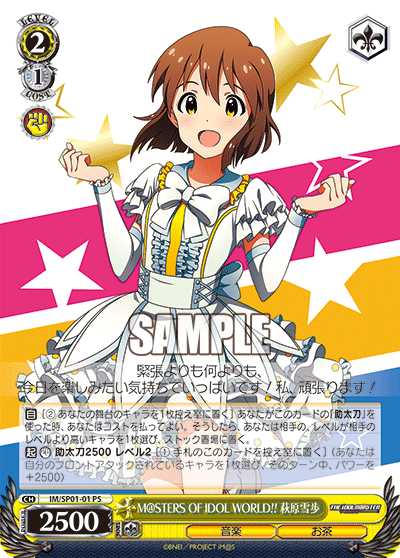
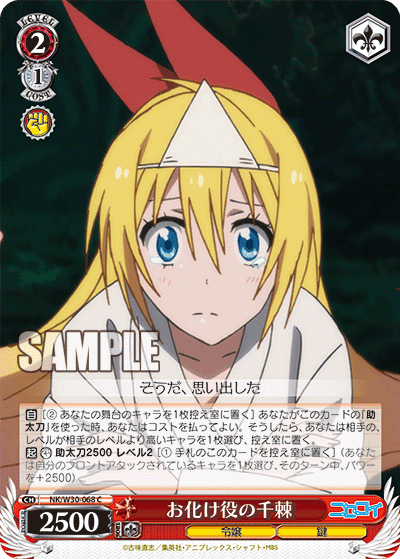
With the powerful fields emerging as early as level 1, decks that played later anti-changes were finding these to be less effective, especially considering the hefty anti-change costs versus the free advantage from triggering standby and encore effects.
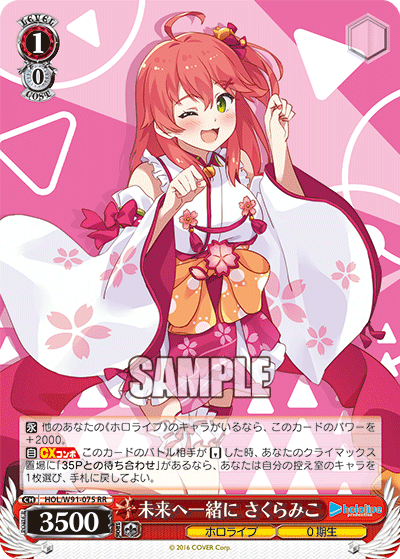

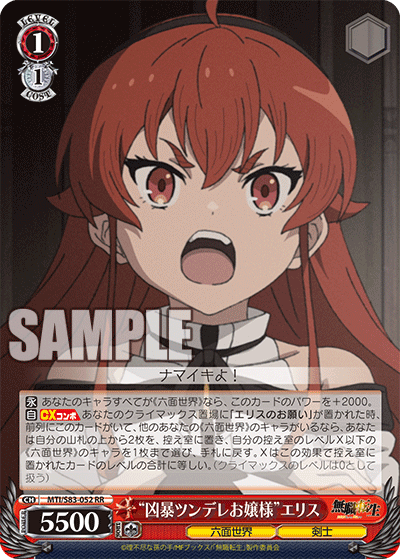
KGL/S79-053SR 黄昏の廊下 かぐや (center)
MTI/S83-052RR “凶暴ツンデレお嬢様”エリス (right)
Furthermore, with the arrival of more advantageous combos tied to standby triggers, this allowed decks to potentially start netting advantage as early as the player’s second turn. Since standby could draw out their own combo early, decks could potentially force out their own combos quickly, spiraling into powerful advantage.
Standby at its initial amount of four rarely posed any threat to other decks in the game. However, the addition of eight made the decks significantly more consistent. Alongside the arrival of the additional four standby climaxes, powerful engines and profiles aided into bringing standby decks to the spotlight, even decks that ran empty standby triggers.